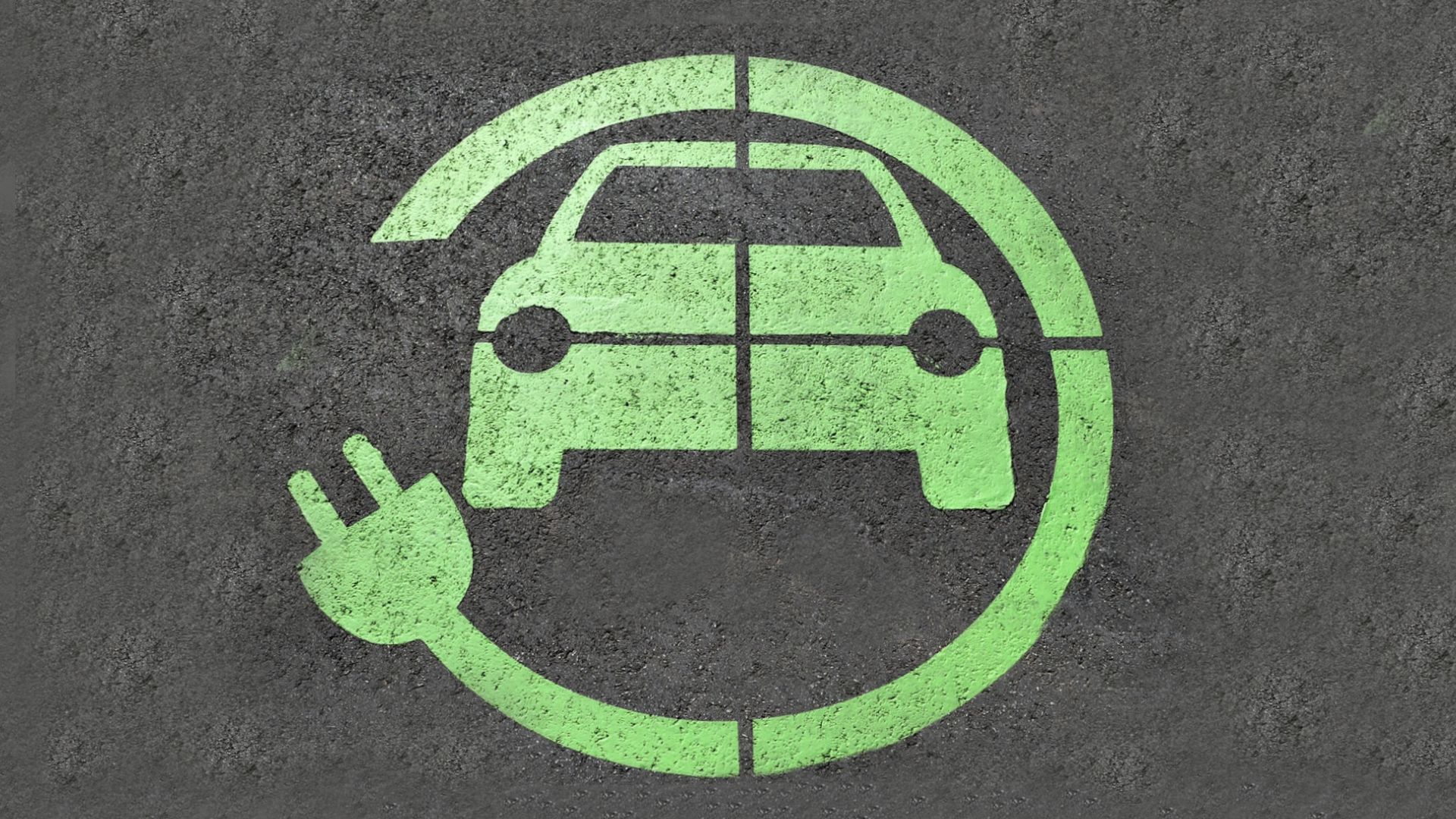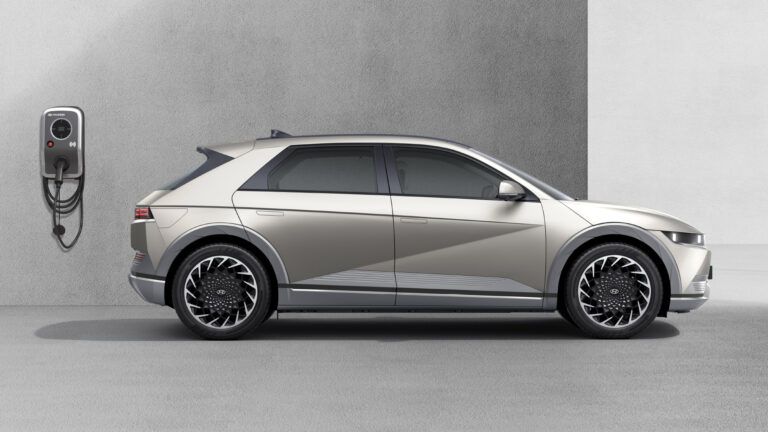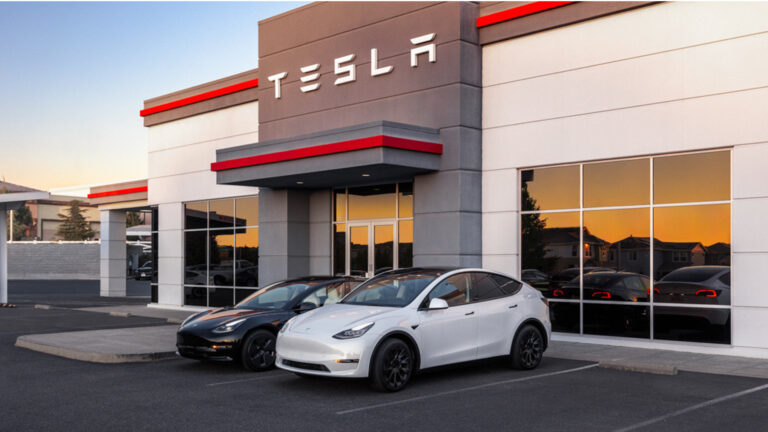Electric vehicles are fast becoming the preferred mode of transport among Indians. The statement has recently been backed by yet another sales report that cumulates the sales of the automobile industry in India for the month of May. The figures have been represented in the new Vehicle Retail Data report for May 2023, as released by the Federation of Automobile Dealers Associations (FADA) today.
The report by FADA shows an increased penetration of EVs in India in the month of May. The number of EVs sold in the country in the previous month accounted for 8 percent of total sales. Of this, electric two-wheelers contributed 7 percent, while electric three-wheelers comprised a massive 56 percent of the total EVs sold. Electric commercial vehicles also comprised 0.5 percent, while personal vehicles like electric cars contributed 2.5 percent to the total tally.
The report sheds some light on the reasons backing this improvement in sales of electric vehicles. As per FADA President Manish Raj Singhania, the two-wheeler sales were positively influenced by seasonal factors like the marriage season, changes in the FAME subsidies effective from June, and the recovery of rural demand. All of these hint towards a promising future in the aftermath of the COVID-19 pandemic.
As for the Passenger Vehicle segment, the improved availability of vehicles, the strength of pending orders, and the robust demand for new launches drove a positive momentum, helping the segment rebound after a slump in the previous month. Similarly, the Commercial Vehicle segment experienced sustained growth, underpinned by the government’s focus on infrastructure development. The bus segment displayed a notable increase, driven by improved financing options and higher sales in academic institutions.
“May has been an encouraging month for the auto retail industry, demonstrating a robust 10 percent YoY growth across all vehicle categories,” Singhania said. “We have witnessed a resurgence in the 2W, 3W, PV, Tractor, and CV segments with growth rates of 9 percent, 79 percent, 4 percent, 10 percent, and 7 percent respectively. While there has been a slight -2% decline compared to pre-COVID levels, the overall retail figures have shown improvement,” he added.








